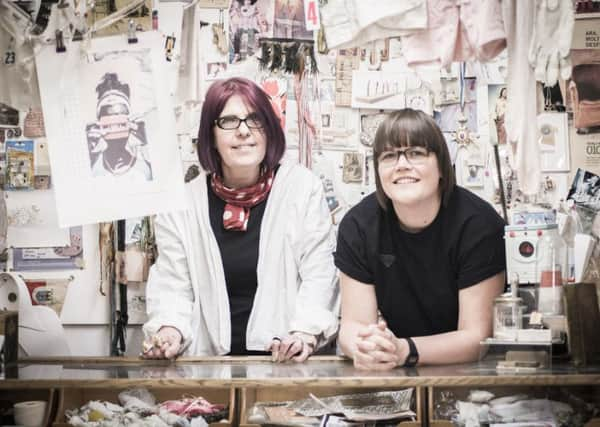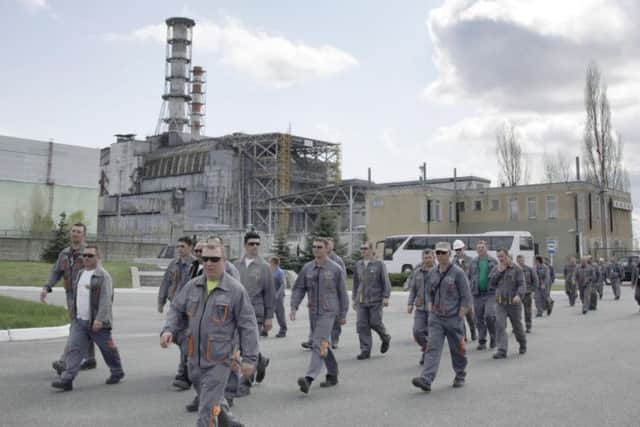Cleveland College of Art & Design lecturer hopes Chernobyl visit will inspire artists


Claire Baker, who is an embroidery and textile artists, works at Cleveland College of Art and Design, and has organised the visit to the site of the Chernobyl Nuclear Power Plant, in Ukraine.
Nearly 30 years ago, an explosion and fire there killed 31 people and affected tens of thousands with radiation, with the effects still being felt today.
Advertisement
Hide AdAdvertisement
Hide Ad

Claire will head a group of 14 artists, who have called themselves the 26:86 Collective, after the day and year of the disaster.
The areas they visit and people they meet will inform and inspire work which will be shown at exhibitions in Hartlepool and throughout the North East.
Claire drives past a nuclear power station every day on her way to and from work at Cleveland College of Art and Design.
She said: “Most of my students are aged between 18 and 21 and some of them had never heard of Chernobyl.
Advertisement
Hide AdAdvertisement
Hide Ad

“I’m trying to bridge the gap between 1986 and now and make it relevant for everybody, because its impact is still being felt today. We are not making a political point; we just want to produce art that might make people think a little bit more.”
Claire, of Norton, visited the site last year with her twin daughters – graphic artist Laura and photographer Lucy – and partner Niall Kitching, a graphic designer and stencil artist.
They are all making the self-funded trip later this month and will be joined by artists from Sunderland, Leeds, Manchester and Lincolnshire, designer Gavin Vaughan from Hartlepool, photographer and fine artist Alyson Agar from Middlesbrough and artist and graphic designer Nicola Golightly, also from Billingham.
Much of the area around the power station is still highly dangerous.
Advertisement
Hide AdAdvertisement
Hide AdThe nearby town of Pripyat, once home to 50,000 people, is abandoned and an enormous dome – nearly the size of St Paul’s Cathedral in London – is being prepared to replace the “sarcophagus” of concrete and steel which it was hoped would stop radiation spreading from the damaged reactor building.
The dome will be in place for at least 100 years and then itself will have to be replaced.
The exhibition by the 26:86 Collective will take place in Hartlepool next year and there are plans to take it to other venues throughout the North East and further afield.